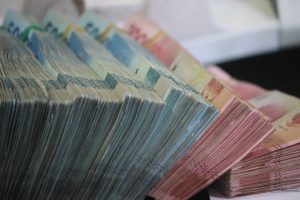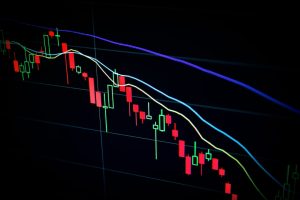Forex trading is a popular investment option that involves buying and selling different currencies with the aim of making a profit. Forex traders can make money in several ways, but the primary source of revenue is through the spread. This article will explain what type of revenue forex traders receive and how they can maximize their profits.
Spread Revenue
The spread is the difference between the bid and ask prices of a currency pair. It is the commission charged by the broker for executing the trade. Forex traders make money by buying a currency at a lower price and selling it at a higher price. The spread is the profit that the broker makes on each trade, and it is the primary source of revenue for forex traders.
For example, if the bid price for USD/EUR is 1.2000, and the ask price is 1.2005, the spread is 5 pips. If a trader buys USD/EUR at the ask price of 1.2005 and sells it at the bid price of 1.2000, they will incur a loss of 5 pips. Therefore, to make a profit, the trader must sell the currency at a higher price than they bought it.
Some brokers offer fixed spreads, while others offer variable spreads. Fixed spreads are constant, regardless of market conditions, while variable spreads fluctuate according to market volatility. Variable spreads can be wider during times of high volatility, which can reduce profits.
Commission Revenue
Some forex brokers charge a commission instead of or in addition to the spread. The commission is a fixed amount per trade or a percentage of the trade’s value. Commission-based brokers usually offer tighter spreads, which can be beneficial for traders who make large trades. However, the commission can add up quickly, especially if the trader makes several trades per day.
Interest Revenue
Forex traders can earn interest on their trades through rollover or swap fees. Rollover is the interest earned or paid on a currency pair held overnight. If a trader buys a currency pair with a higher interest rate than the currency they sell, they will earn interest on the trade. Conversely, if they buy a currency with a lower interest rate, they will pay interest. The interest rate differential is known as the swap rate.
For example, if a trader buys AUD/USD, which has a higher interest rate than USD/JPY, they will earn interest on the trade. However, if they sell AUD/USD and buy USD/JPY, they will pay interest. The interest rate differential can be a significant source of revenue for forex traders who hold positions for a long time.
Profit and Loss
Forex traders can also make money through profit and loss (P&L). P&L is the difference between the opening price and the closing price of a trade. If a trader buys a currency pair and the price increases, they will make a profit. Conversely, if the price decreases, they will incur a loss. P&L is calculated in the account currency and is added or subtracted from the account balance.
Conclusion
Forex traders receive revenue primarily through the spread, commission, and interest. They can also make money through profit and loss. To maximize their profits, traders should choose a broker with competitive spreads, low commissions, and favorable rollover rates. They should also have a solid trading strategy and risk management plan to minimize losses. Forex trading can be a lucrative investment option, but it requires knowledge, skill, and discipline to succeed.





